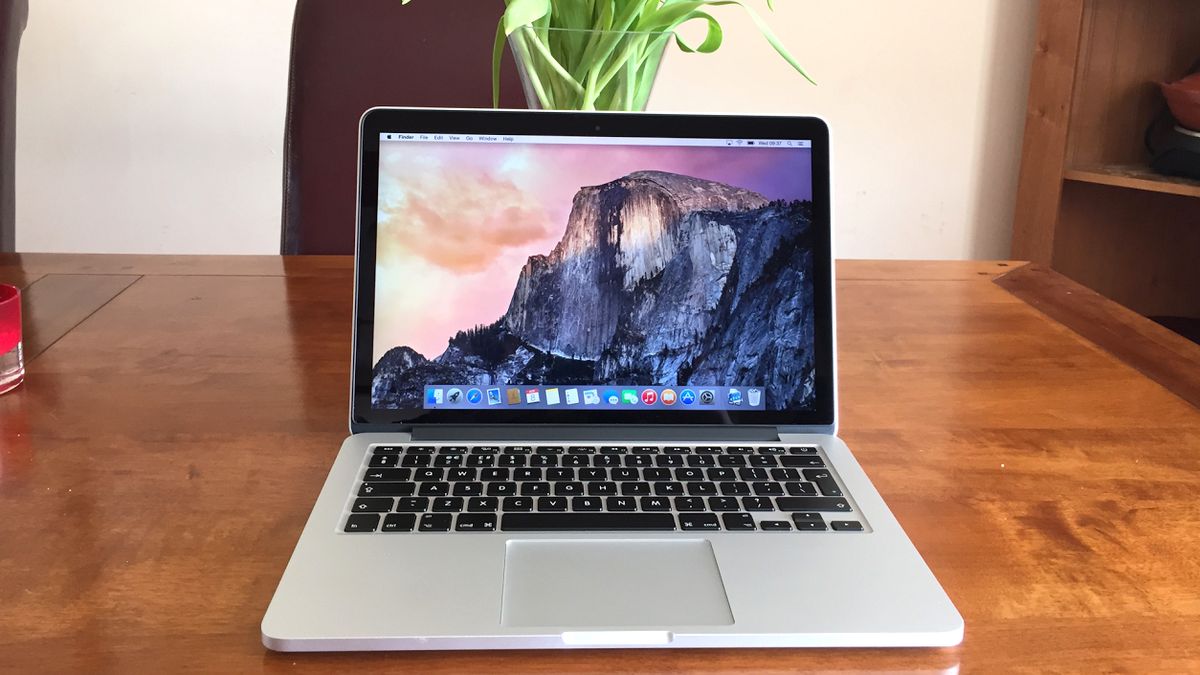Even though a MacBook Pro released in 2010 may have the same size display as the 2009 or 2011 version, that does not mean you can use a part made for a 2009 model on your 2010 MacBook. However, in some years, Apple did release two of the same version of MacBook Pro within a single year. Use iPad as a second display for your Mac. With Sidecar, you can extend the workspace of your Mac by using iPad as a second display. The extended workspace allows you to do the following: Use different apps on the different screens. Use the same app on both screens.
You can make all of your displays mirror each other, or extend your workspace with different apps and windows on each display. If you use an external display with your Mac notebook, you can also use closed-display mode.
Check your requirements
- Check the ports on your Mac to find out whether you need an adapter.
- Check how many displays your Mac supports: Choose Apple menu > About This Mac, click Support, then click Specifications. On the webpage that appears, the number of displays your Mac supports appears under Video Support.
- Apple LCD Display Category. In this section you’ll find Apple LCD display for Apple iBook, PowerBook G3 & G4 systems, as well as replacement monitors for iMac computers. DV Warehouse offers the hard to find Apple LCD display for all iBook and PowerBook series laptops, and replacement monitors for the Apple iMac series.All Mac LCD displays carry a 90-Day warranty.
- On your Mac, use the Display pane of Displays System Preferences to adjust resolution and brightness, and to set other options for your Apple Pro Display XDR. Pro Display XDR is designed to support a variety professional media types and related production workflows. From the Presets menu, you can select from several built-in reference modes based on industry standards defining the optimal display.
Use extended desktop mode
Maximize your workspace with extended desktop mode, which lets you enjoy full-screen apps and windows on each monitor. Then, use Mission Control to organize apps and windows across your displays. If your Dock is on the bottom of your screen, it appears on any of your displays when you move your pointer to the bottom edge of your display.
Turn on extended desktop mode
- Make sure that your external display is turned on and connected to your Mac.
- Choose Apple menu > System Preferences, then click Displays.
- Click the Arrangement tab.
- Make sure that the Mirror Displays checkbox isn’t selected.
Arrange your displays or change your primary display

So that you can move apps and windows across your displays in one continuous motion, arrange your displays to match the setup on your desk. You can also change your primary display, which is where your desktop icons and app windows first appear.
_-_1.jpg/1200px-Apple_Pro_Display_XDR_and_Mac_Pro_(2019_model)_-_1.jpg)
- Choose Apple menu > System Preferences, then click Displays.
- Click the Arrangement tab.
- To change the position of a display, drag it to the desired position. A red border appears around the display as it's moved.
- To set a different display as the primary display, drag the menu bar to the other display.
Use video mirroring
With video mirroring, all of your displays show the same apps and windows.
Turn on video mirroring
- Make sure that your external display is turned on and connected to your Mac.
- Choose Apple menu > System Preferences, click Displays, then click the Arrangement tab.
- Make sure that the Mirror Displays checkbox is selected.
Use AirPlay
With Apple TV, you can mirror the entire display of your Mac to your TV, or use your TV as a separate display. To turn on AirPlay, follow these steps:


Display And For And Apple And Mac Keyboard
- Make sure that your TV is turned on.
- Choose in the menu bar, then choose your Apple TV. If an AirPlay passcode appears on your TV screen, enter the passcode on your Mac.
- Mirror your display or use your TV as a separate display:
- To mirror your display, choose , then choose Mirror Built-in Display.
- To use your TV as a separate display, choose , then choose Use As Separate Display.
- To turn off AirPlay, choose , then choose Turn AirPlay Off.

If you don't see in the menu bar, choose Apple menu > System Preferences, click Displays, then select the 'Show mirroring options in the menu bar when available' checkbox.
Learn more about how to AirPlay video from your Mac.
Apple Display For Macbook Pro Mid 2014 Hdmi
Learn more
